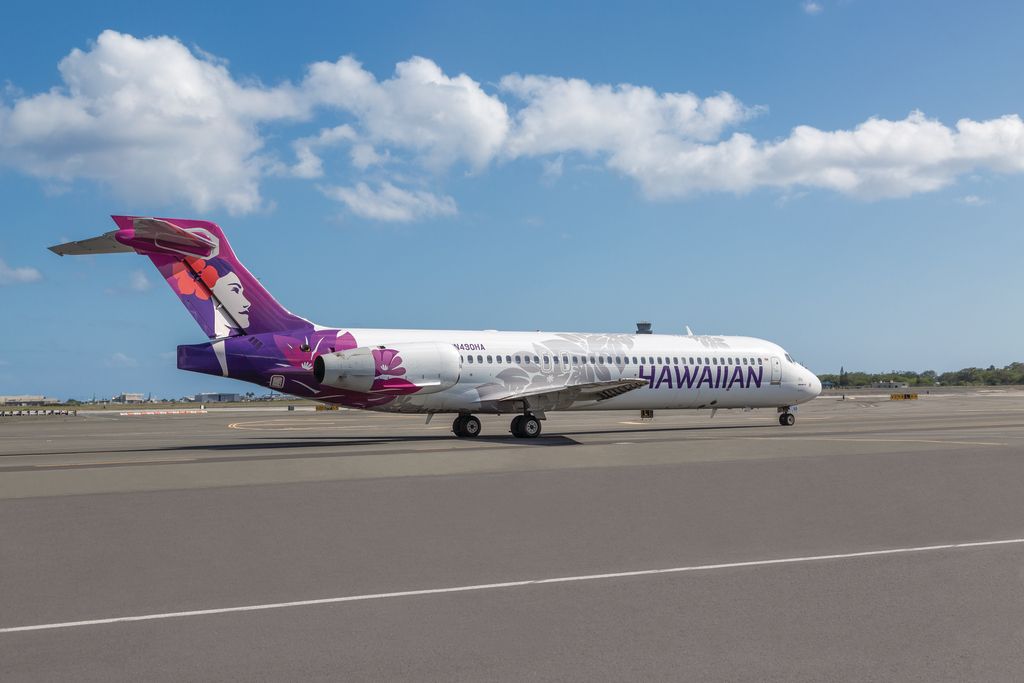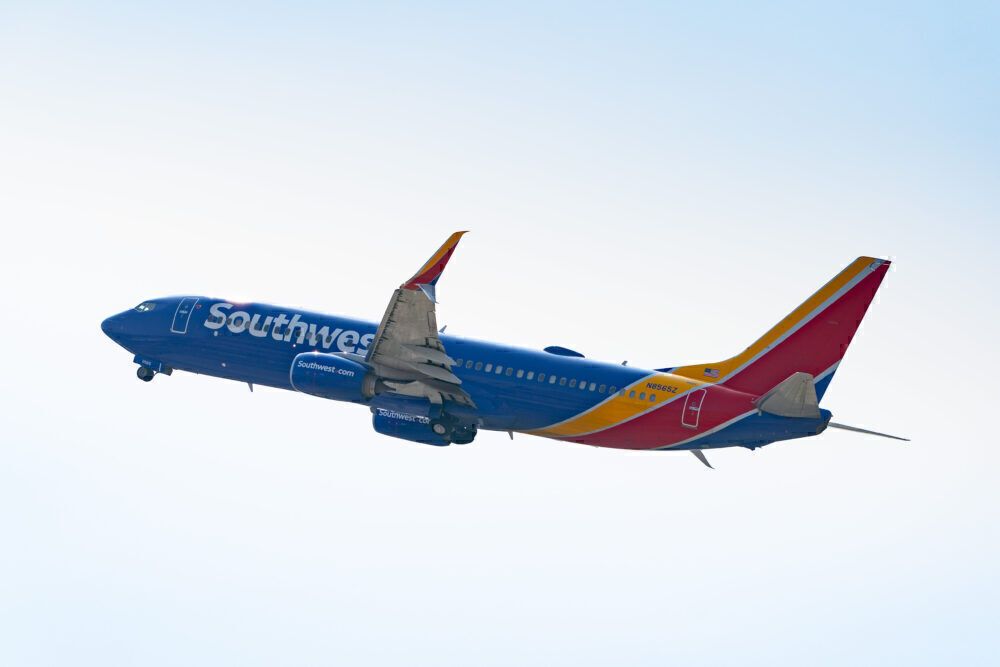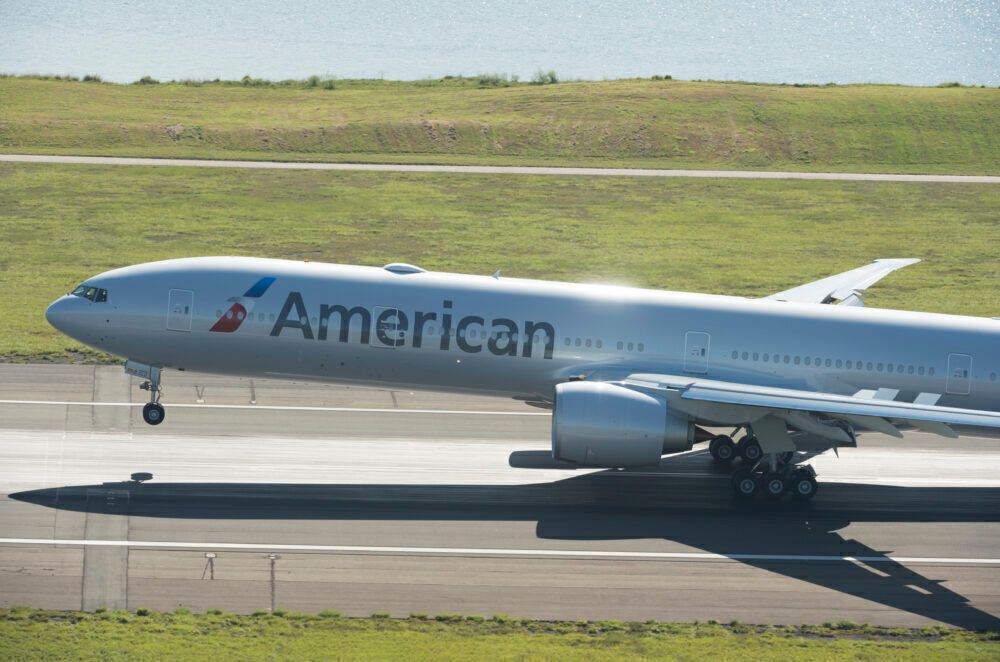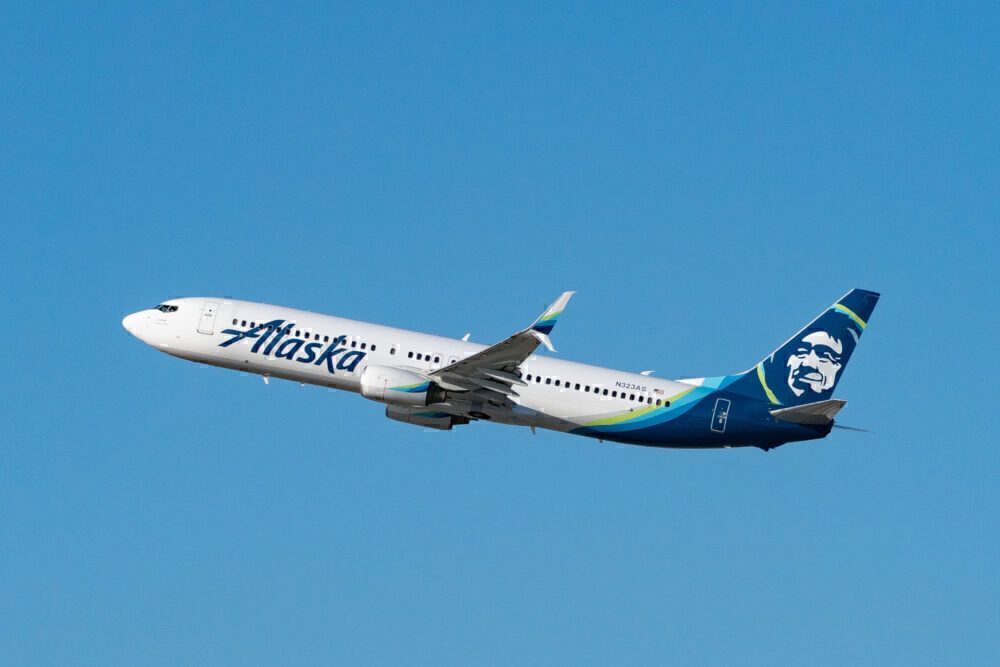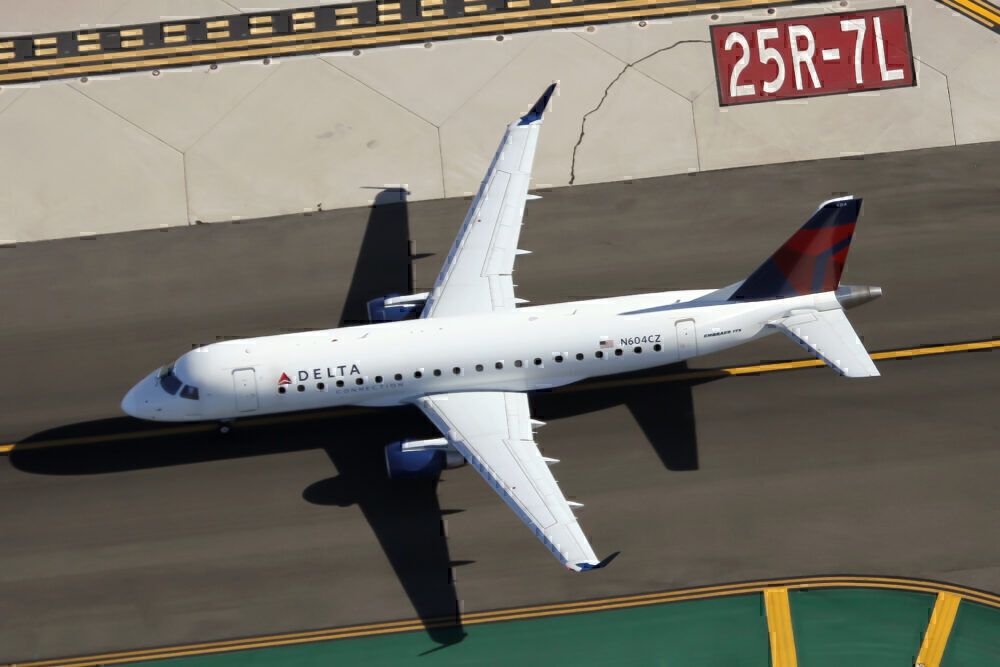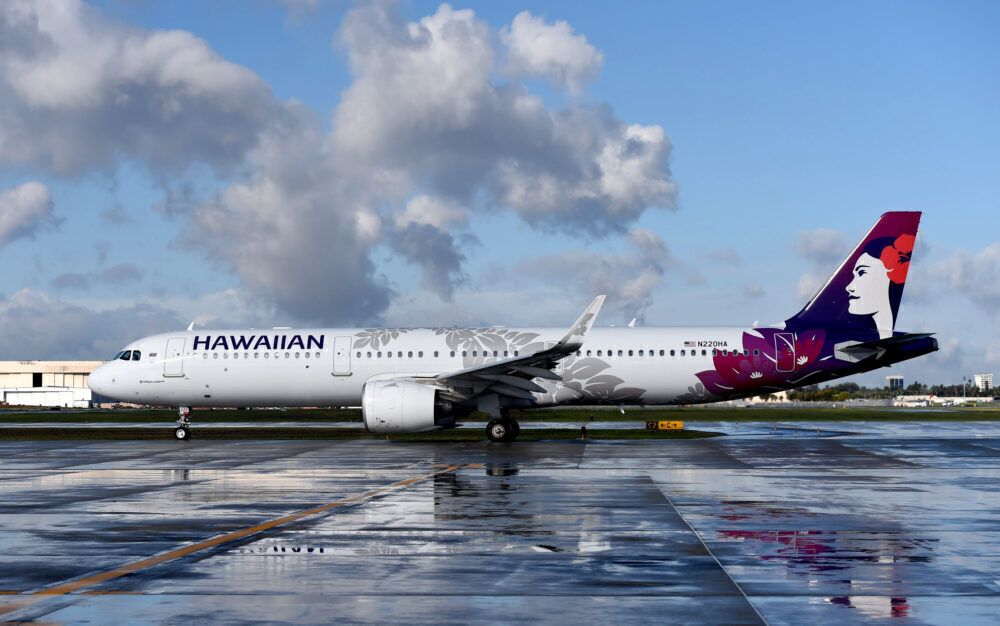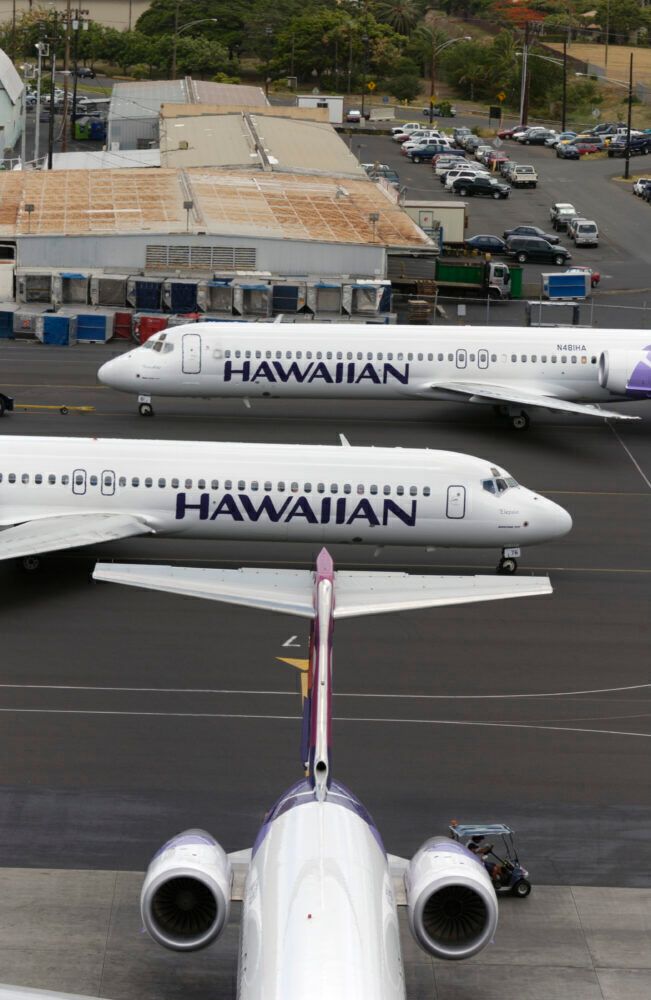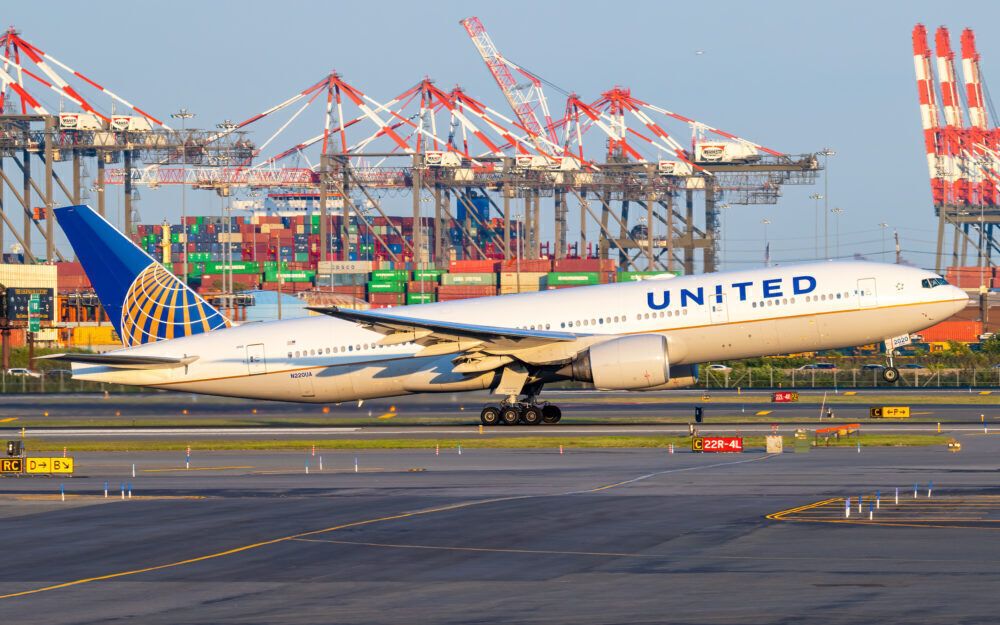Intrastate travel is nothing new in the US. Many carriers fly multiple daily nonstops between cities like San Francisco and Los Angeles or Dallas to Austin, or New York City to Rochester, to name a few. However, in Hawaii, the intrastate, inter-island air travel market has only two major airlines flying. While it may seem strange that more carriers do not serve inter-island travel, the logistics of conducting inter-island flights generally limits opportunities for other airlines.
The current players
The legacy inter-island air market is dominated by Hawaiian Airlines. Even with the crisis, the airline has continued to run regularly scheduled commercial flights between Hawaii's islands. For years, Hawaiian was the premier, go-to option for inter-island flying with almost no other competition.
Southwest Airlines entered the market with a splash in 2019. The carrier's first foray into the Hawaiian Islands, the airline also decided to put itself in the inter-island market. The airline primarily flies its inter-island market out of Honolulu's Daniel K. Inouye International Airport (HNL).
The major airports that both of these airlines serve include:
- Lihue Airport (LIH)
- Kahului Airport (OGG)
- Ellison Onizuka Kona International Airport (KOA)
- Hilo International Airport (ITO)
A matter of aircraft
It may seem strange that airlines like United, Delta, American, or Alaska are not flying inter-island routes. However, the most basic explanation for the lack of those routes comes down to the kind of aircraft that those carriers use on flights to Hawaii.
For example, to Honolulu, airlines are flying a combination of aircraft, including:
- Airbus A321neo
- Airbus A330
- Boeing 737
- Boeing 757
- Boeing 767
- Boeing 777
The smallest jets that these airlines are flying to Hawaii are seating around 160 passengers or more. The largest can seat over 360 passengers.
While there may be a case for flying the smaller, 160-seater aircraft on inter-island routes, there is almost no business case for an airline to fly 300-seat widebodies on the same routes. Those larger widebodies are not cost-effective on short-haul routes – especially ones that are under an hour. Flying a Boeing 777 between Honolulu and Maui may seem like a great idea for flying large volumes of passengers, but in reality, it is a pretty good way for airlines to lose money.
Even with the Boeing 737s, those planes are just a little too big for the market. While Southwest has come into the market using Boeing 737s, the airline has a very disciplined cost structure and has a history of making those planes work on short-haul high-frequency routes. Other airlines do not have the same track record.
Hawaiian Airlines uses the Boeing 717 on inter-island routes. These planes seat only 123-128 passengers, according to the airline. These jets are much smaller than the Boeing 737s or Airbus A321neos.
On the mainland, for routes as short as what the inter-island flights would clock in, US carriers tend to turn to smaller regional jets. The ideal aircraft for the major US airlines to run inter-island flights would likely be the Embraer E175.
However, getting an Embraer E175 to the islands is not an easy task. First off, the E175s could not be slotted back into the schedule to run flights from the mainland to Hawaii. This would force airlines to base planes in Hawaii and pay for associated crew and maintenance bases in Honolulu.
Not a large market
Unlike San Francisco to Los Angeles or Washington D.C. to New York, the inter-island market in Hawaii is not a bustling one. The largest percentage of travelers on inter-island flights are generally people who live in Hawaii.
The entire state of Hawaii has a population of around 1.4 million people. That is around the population of Dallas in one state. From an air market perspective, however, this is not a large population. Coupled with existing players in the market, then there is little room for airlines to compete for passengers.
At the same time, the market is not high-yield. While a mixture of politicians and business travelers will help make New York to Washington D.C. flights profitable, the inter-island market in Hawaii is not the same.
The second point of consideration is scheduling. Airlines typically only fly a few flights per day from the mainland United States to the islands. This means limited downtime on the ground where a plane could be slotted into inter-island flights.
Hawaiian Airlines comes into many of the inter-island flights with multiple daily frequencies. Depending on the market, there could be multiple flights from the airline within an hour or at least one every hour, depending on the route and needs. To compete, mainland airlines would need to offer some schedule breadth to cater to more passengers.
Airlines already serve the main destinations
LIH, OGG, KOA, and ITO all see nonstop service to the mainland United States. As a result, airlines do not need to offer inter-island services to cater to connecting travelers. Those passengers are connecting at the mainland.
Stay informed: Sign up for our daily and weekly aviation news digests.
There is also enough demand from the mainland US to run those flights without airlines needing to pick up inter-island travelers to keep their planes full. Passengers love to flock to the destinations like Maui and Honolulu.
This further reduces the incentive for airlines to jump into the inter-island market. Airlines can make more money flying nonstop between the mainland and Hawaii than marketing those same routes with a stop in Hawaii.
As for the smaller destinations in Hawaii, those destinations do not get the same interest from mainland US tourists, nor are they necessarily geared toward receiving many tourists. That is one reason why, despite airlines adding a significant number of flights to the Hawaiian islands, Hawaiian Airlines is cutting its turboprop regional service.
So, at the end of the day, a combination of an already robust route network to the main destinations, the difficult logistics for having the right aircraft to serve the market, and a generally less lucrative passenger base from a financial perspective leave airlines focused on the big stuff: mainland flying to the big destinations in Hawaii.
Do you think more airlines should jump into the inter-island market? Let us know in the comments!

